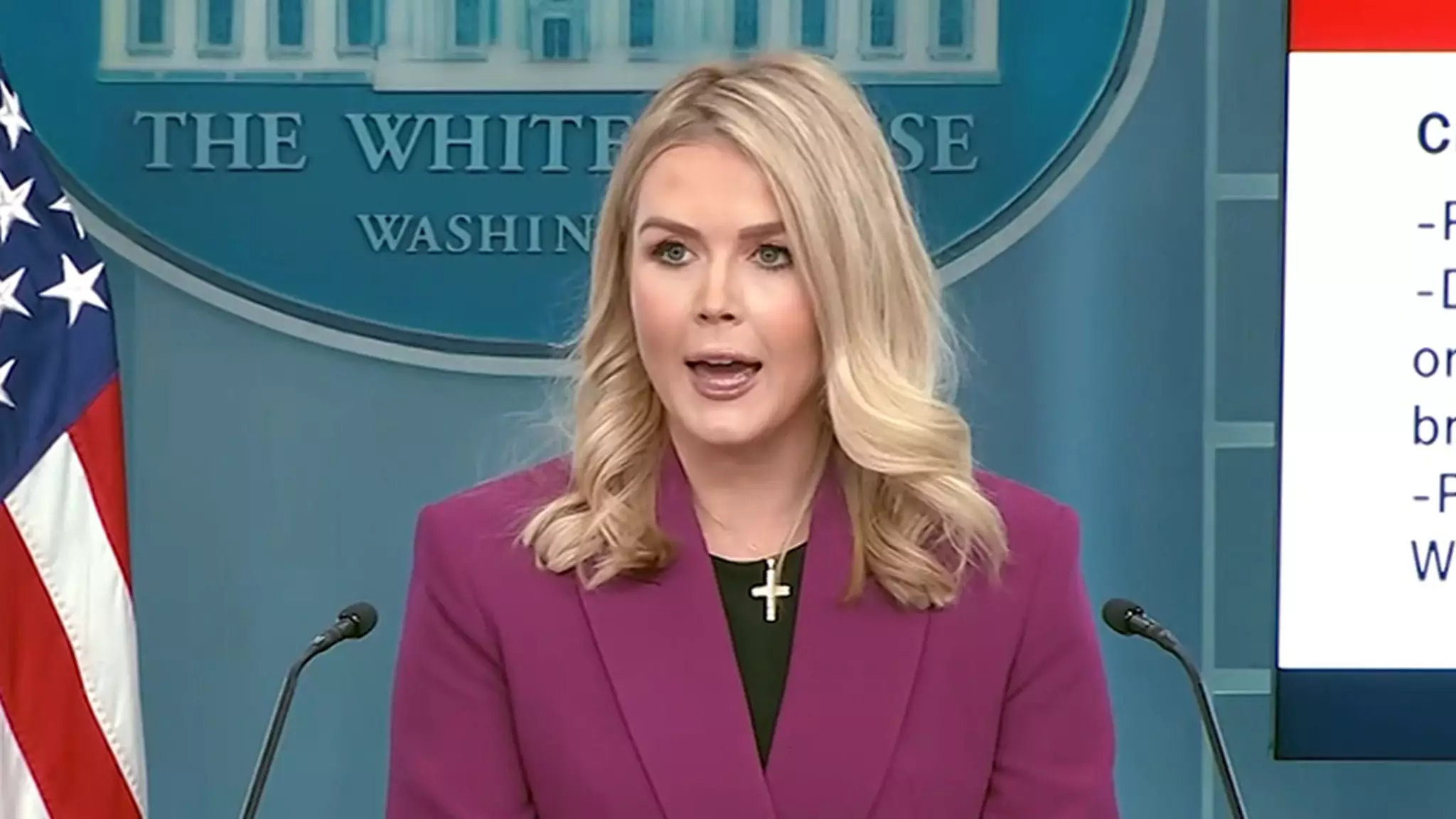The recent press conference led by White House Press Secretary Karoline Leavitt marks a pivotal moment in America’s ongoing grappling with drone technology and public perception. The discourse surrounding the unidentified drones that became the focus of widespread anxiety during late 2022 underscores a broader societal issue—the clash between misinformation and factual clarity. This article delves into the revelations presented during the press conference, contrasting them with earlier, more sensational narratives that spread like wildfire, especially in the chaotic political landscape of America.
In December, former President Donald Trump took to social media, expressing alarm over numerous unverified drone sightings across the United States. His assertion that the government was not adequately informed about these occurrences ignited public fear and scrutiny. The sensational response around so-called “mystery drones” highlighted not just individual anxieties but also collective skepticism towards governmental transparency. The rumors abounded, suggesting a nefarious presence in the sky, further exacerbated by a lack of immediate clarifications from authorities.
In a decisive effort to temper the escalating paranoia, Leavitt revealed during the press conference that many of these drones were, in fact, authorized research flyers. The FAA had sanctioned their flights, signifying that many drones in the skies belonged to hobbyists and enthusiasts rather than any malicious entities. This counters the earlier inflammatory language used by Trump and others who insisted that these drones represented a concerning national threat that warranted immediate action, such as shooting them down.
The juxtaposition between Trump’s sensational social media post and Leavitt’s factual clarification illustrates a significant shift in narrative. While Trump expressed palpable fear and suggested an impending threat, the administration’s formal response portrayed a more mundane reality, illustrating the discrepancy between public perception and factuality. The distinction is crucial; it highlights the potential dangers of sensationalism in politics, where exaggerated fears can lead to unnecessary chaos and misallocation of resources.
In the context of rising drone use—both for research and personal enjoyment—the importance of clear, responsible communication has never been more apparent. The initial panic surrounding the drone sightings serves as a reminder of the readiness of misinformation to spread, especially in politically charged environments. Moving forward, it is essential for officials and the media alike to prioritize transparency and fact-checking, thus fostering a more informed public dialogue. As drone technology continues to evolve, so too does the responsibility of leaders to dispel myths and prevent public hysteria from overshadowing the reality of innovation.

